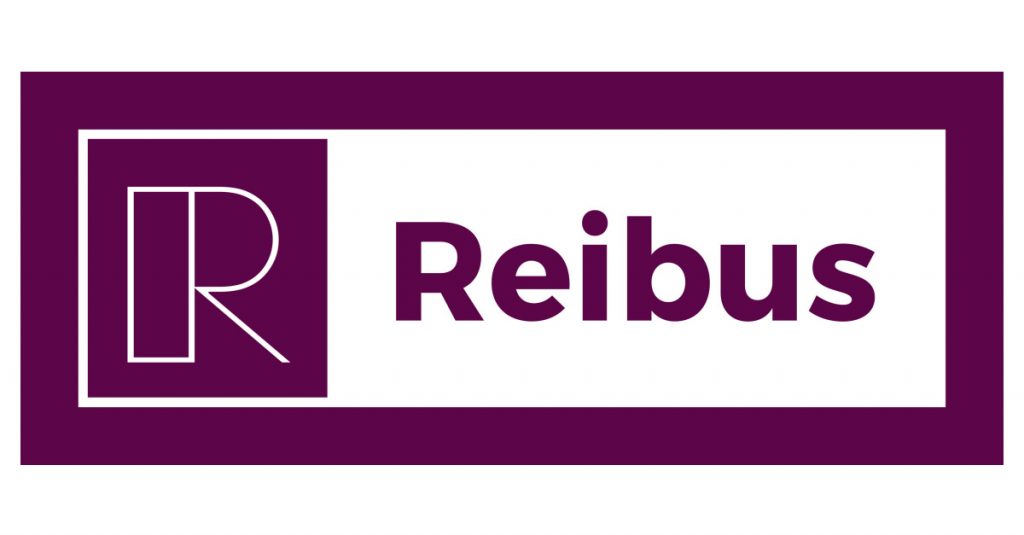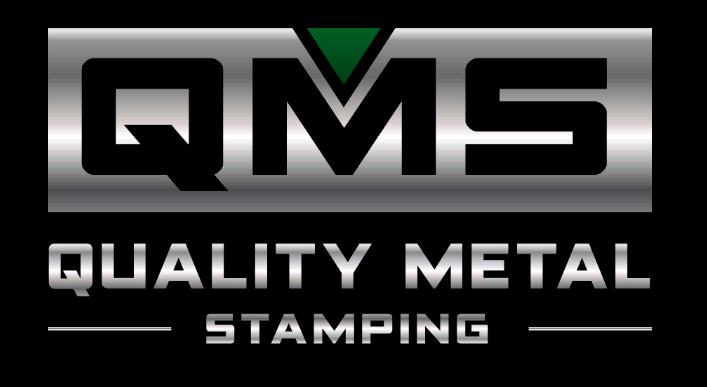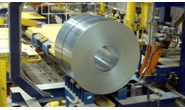
Flack: 'Hedge your bets,' it's going to get bumpy
Jeremy Flack of Flack Global Metals weighs in on USS, tariffs, and hedging in today's market.

Jeremy Flack of Flack Global Metals weighs in on USS, tariffs, and hedging in today's market.

SMU interviews JSW USA CEO Robert Simon.

Last month I traveled to Sweden to the CRU Steel Decarbonisation Summit in Stockholm. I wanted to see if the European take on decarbonization was broadly different from what we are talking about here in the US.

Reibus International Inc. is a growing and maturing company, finding its way in the world of steel. Like any youngster, it is moving through growing pains and pushing through to reach new heights. After rapid growth in its infancy, six-year-old Reibus is now naturally transitioning from being a founder-led company to a management-led one, according to its new leader, Jared Rowe.

Across industries and nations, it’s clear sustainability is the path towards the future. Moving ahead means creating dialogue and building bridges. For Nucor, building bridges means reaching out to new audiences. Actually, it also literally means soon building bridges from the plate made at its Brandenburg mill in Kentucky.
The capacity for EAF steelmaking is growing both in the US and abroad. Ferrous scrap supply has never been more important. A lot of people have viewed the scrap industry as old-fashioned and resistant to change. However, the same forces affecting the steel and other industries are also at play in recycling.

Steel Market Update sat down recently with Grant Bordine, Felux’s director of commercial, to shine a light on how the company is helping to modernize the industry.

Worthington Industries recently completed its separation into two distinct companies: Worthington Steel and Worthington Enterprises. SMU sat down this week with Geoff Gilmore, president and CEO of Worthington Steel, to find out how the separation process went, and what’s on the horizon for the Columbus, Ohio-based company.

The Global Steel Climate Council (GSCC) was formed to advance the steel industry's climate strategy. And its intentions are clear: establish standards and advocate for carbon emission reductions by industry members.

When significant events happen in the world of steel, many media outlets turn to the experts for insight. Associations like the Steel Manufacturers Association (SMA) are advocates for the steel industry and communicate with the outside world. SMA's director of communications and media relations, Gregg Walker, shared his expertise with SMU.

For our last SMU Spotlight of 2023, we had the pleasure of chatting with American Iron and Steel Institute (AISI) president and CEO Kevin Dempsey.

The 2023 NexGen Award winner Daniel Doderer may not consider himself a veteran of the steel industry yet, but he's eager to make his mark.
When you think about the steel industry, steel mills and service centers are probably at the forefront. But there’s one specific component that often flies under the radar: graphite electrodes.

Sometimes the skills we obtain through our education can be used in ways other than we expect. Roger Walburn is a metallurgist who uses his specialty to help customers find the perfect fit. His knowledge of metallurgy enables him to get into the weeds with the technical aspects of steel, which educates his customers on […]

There are many great, supportive organizations in the steel and metals industry. One that continues to grow as the industry evolves is the Association of Women in the Metal Industries (AWMI). Founded in 1981, AWMI is an international organization that was established to promote and develop the growth of women in the metal industries. AWMI […]
Steel mill lead times are down for the first time since January, according to SMU’s latest steel market survey data. Lead times seem to be tapering off after climbing week over week for the past few months. SMU’s hot-rolled lead time is approximately 6.1 weeks, a 0.6-week drop from two weeks ago. While numbers are currently […]
Some people like to talk scrap, but not many talk as much scrap as CRU’s Senior Analyst, Alexandra (Alex) Anderson. We sat down with Alex ahead of the ISRI conference to discuss the role scrap plays in the steel industry. A lightly edited version of the interview is below. Steel Market Update: How long have […]
The risks of doing business in Australia are greater following a slew of government interventions and tax rises, according to Gary Nagle, CEO of miner and commodity trader Glencore. His comments coincided with the South Australian Chamber of Mines and Energy issuing figures showing the resource sector’s increased importance to the state. “Australia has become […]
Flat-rolled steel prices are still trending up in the wake of recent mill tag hikes, albeit at a slower pace this week. We’ve seen a rather notable market cycle over the past 15-plus weeks with repeated price hikes. Is it starting to peter out, or just catching its breath? Hot-rolled coil (HRC) prices have increased […]
Should there be limits on the power of the US Commerce Department under the antidumping laws to impose punitive and potentially prohibitive duties on imports? Last week, the Court of International Trade (CIT) placed some limits on Commerce to do so. The CIT rejected punitive duties in an antidumping investigation of utility-scale (i.e., big) wind towers from […]
Sheet prices rose again this week, continuing a rally that began shortly after Thanksgiving. SMU’s hot-rolled coil price stands at $780 per ton ($39 per cwt), up $20 per ton from $760 per ton last week and up $165 per ton from a 2022 low of $615 per ton recorded in November. HRC prices haven’t […]
As new capacity continues to come online, there’s a question of what that means for existing capacity. Will the market be flooded with too much supply and not enough demand? North American flat-rolled capacity has been growing and is expected to continue to into 2025. But Philip K. Bell, president of the Steel Manufacturer’s Association (SMA), […]
I’m eager to see the results of our survey later this week because I think it might shed some light on what appears to be a tale of two steel markets. Some of you are telling me that you’re already busy and will only get busier as people come back into the market after the […]
Trying to neatly summarize the North American steel market right now can give you a case of cognitive dissonance. Domestic mills think they have some momentum, and they’re trying as hard as they can to get prices higher for Q1. Case in point: ArcelorMittal has put the heft of one of the world’s largest steelmakers […]

The flat rolled steel market can be a challenging environment to manage risk. Much like a boxer, you must engage in various strategies to protect yourself. When the hits start coming, fancy footwork may not be enough. Steel Market Update (SMU) caught up with David Feldstein, owner of Rock Trading Advisors, and got some insight […]

There’s something special about tales of yesteryear. Stories of a bygone era — before cell phones, virtual reality, and self-driving cars — can create a longing for nostalgia. For the Quality Metal Stamping (QMS) family, those tales of old are engrained in the company’s history. Steel Market Update sat down with Stephen Serling, a member of […]

In a time where technology is fashionable and trends change in the blink of an eye, starting fresh can feel like a step in the wrong direction. For the team at NQ Industries, a steel startup in the Pacific Northwest, it’s anything but that. Steel Market Update (SMU) caught up with the founders of NQ […]